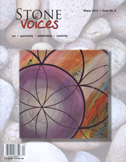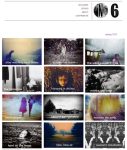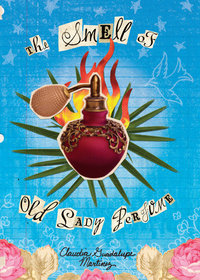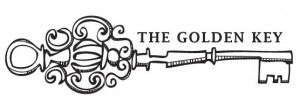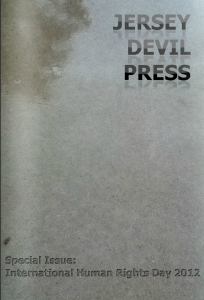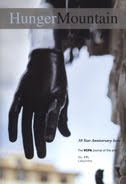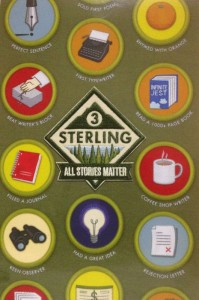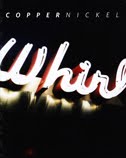If you are reading the NewPages blog, chances are you already consider a book to be one of the best gifts out there (to give or receive). But why not consider another literary gift? A donation in someone’s name to an independent publisher gives on multiple levels:
- You are supporting not just the publisher, but authors (and by extension, readers) as well.
- In some cases, publishers offer books at a certain donation level, so you’ll still have something for your recipient to unwrap. (And if not, buy one of their books!)
- Many independent presses, especially non-profit ones, are heavily involved in the improvement of their communities and dedicate funds to literacy and other programs, both local and worldwide. Your donation can have a far-reaching impact.
Unsure how to choose a publisher to support? Just pick a tactic. Go with the well-known: both Coffee House Press and Graywolf Press are non-profits; Graywolf notes on its site that a $25 donation can provide one of their titles to a high school student, and through 1/15/13, Coffee House is donating 10% of its sales to the worldwide literacy program Room to Read. Or go with a cause near to your recipient’s heart: Kore Press, for example, publishes women’s poetry, fiction, and creative nonfiction, including that of writers underrepresented in the cultural mainstream. They also seek to mentor and support women ages 14-20 with their Grrls Literary Activism Program. Find a press that supports GLBT literature…environmental activism…translations of obscure French poetry; whatever your recipient’s interest, there’s likely a small press that caters to it.
Countless publishers would appreciate your financial support, and any reader would enjoy having that support given in her/his name. And perhaps best of all, you don’t have to go anywhere near a mall.
If you know of other presses like those mentioned, please add a comment about who they are and what they do to this blog post. (Comments are moderated to avoid spam, so give us time to post them.)

 – poetry, fiction, nonfiction
– poetry, fiction, nonfiction  = online magazines
= online magazines
